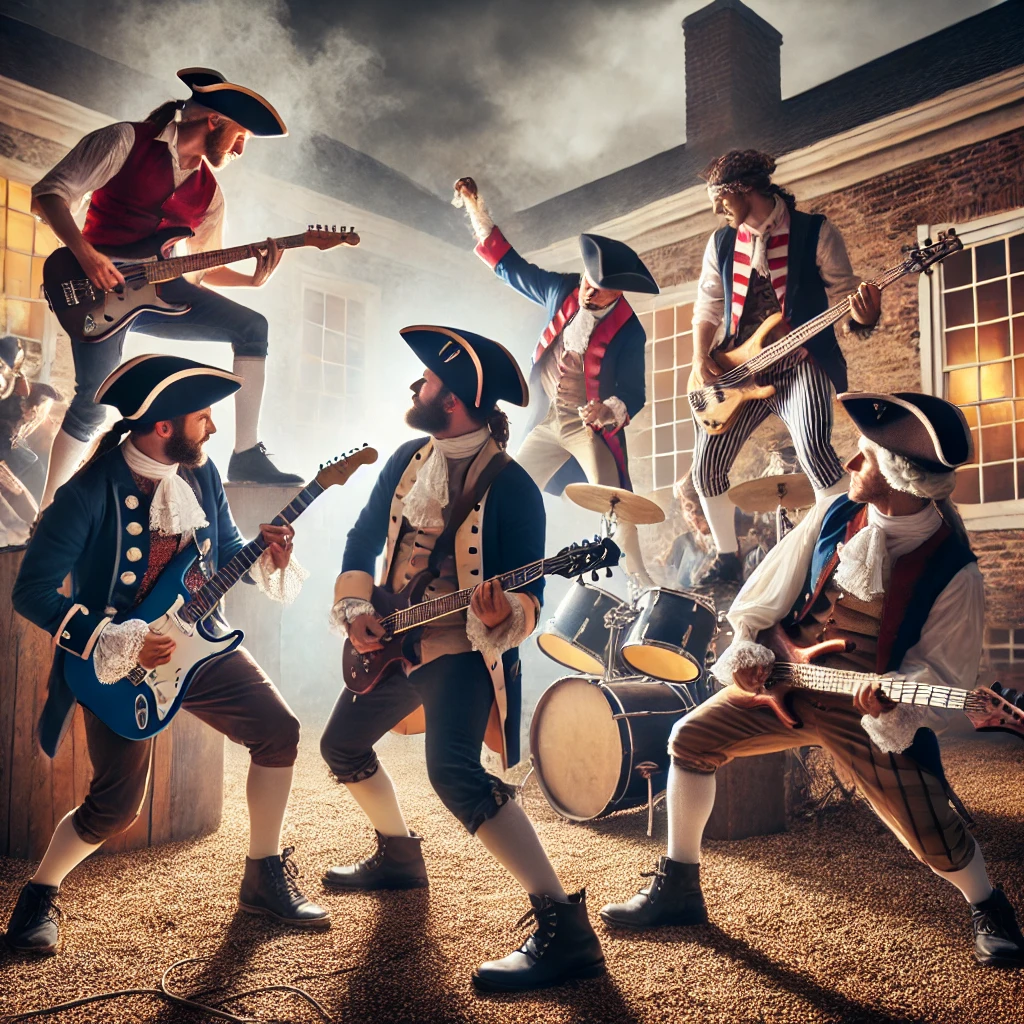
Always has, always will.

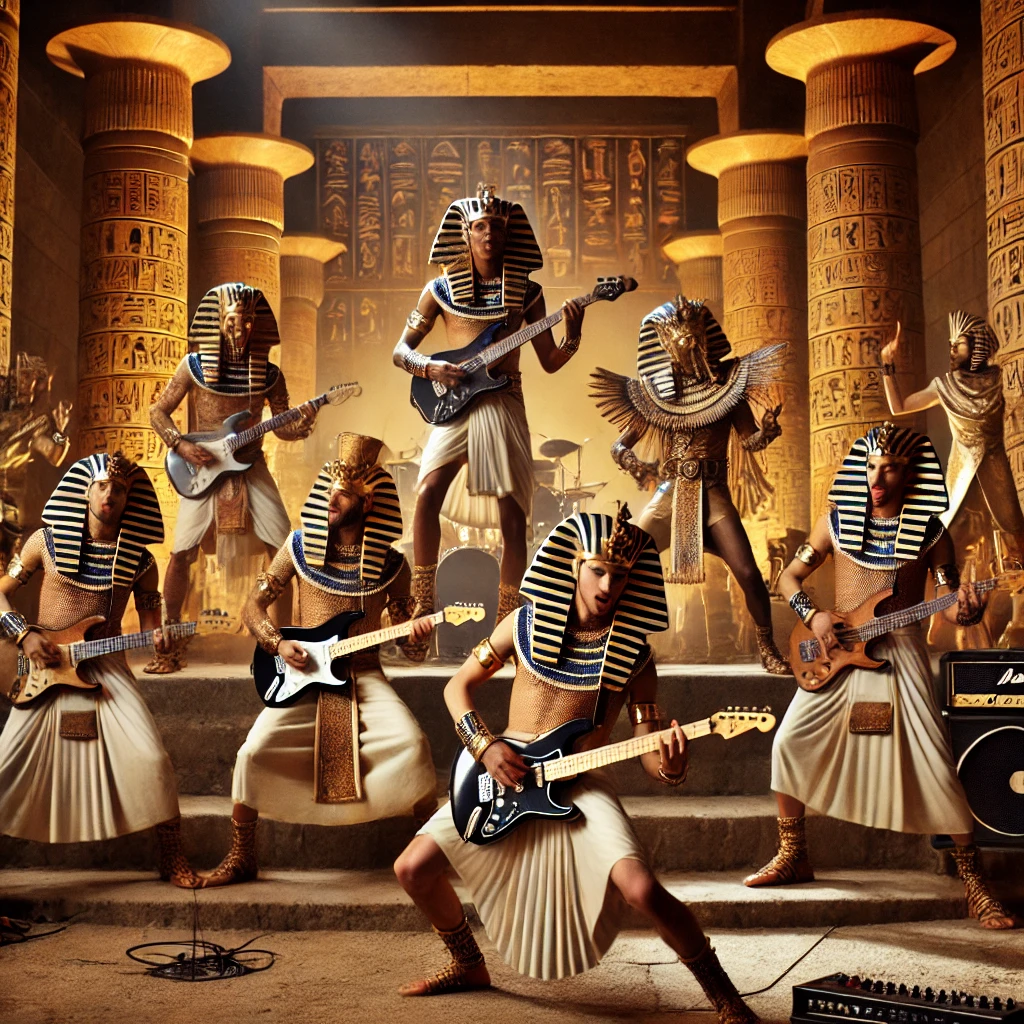
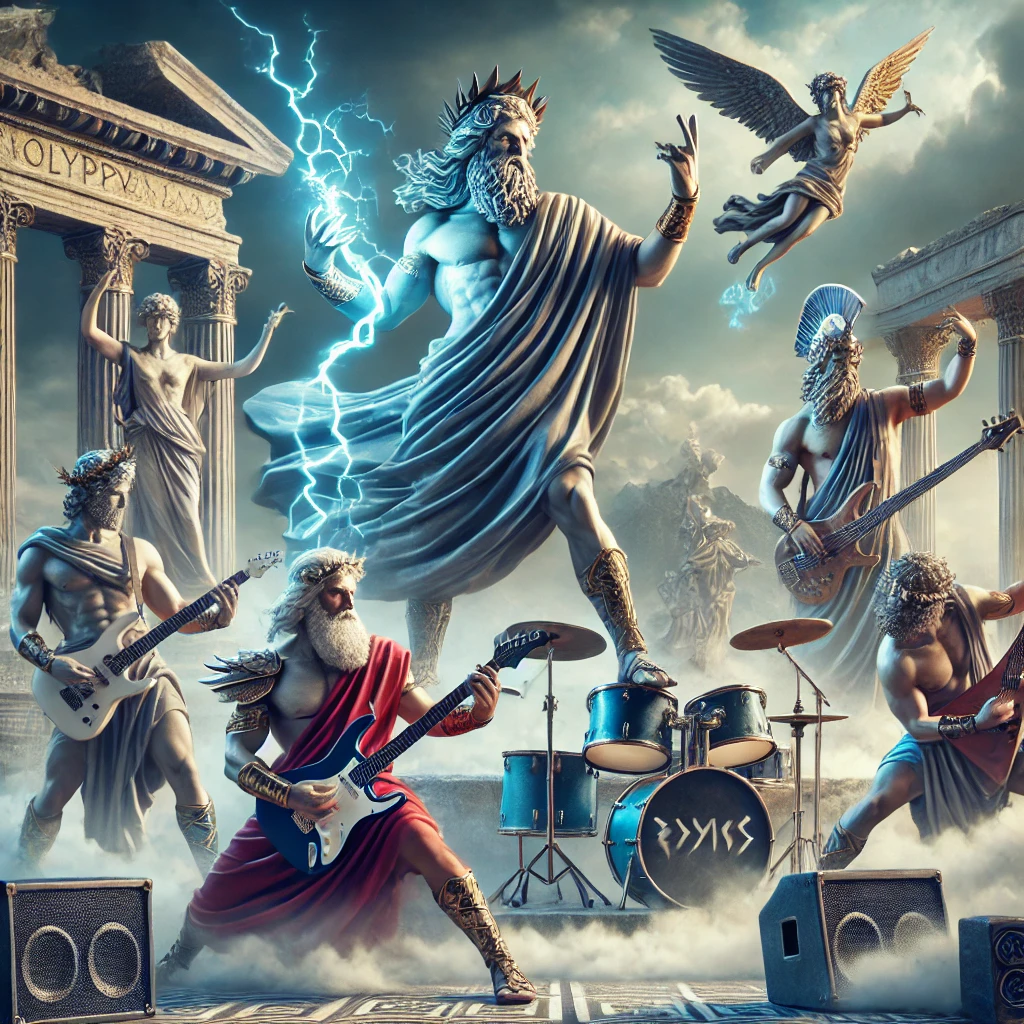
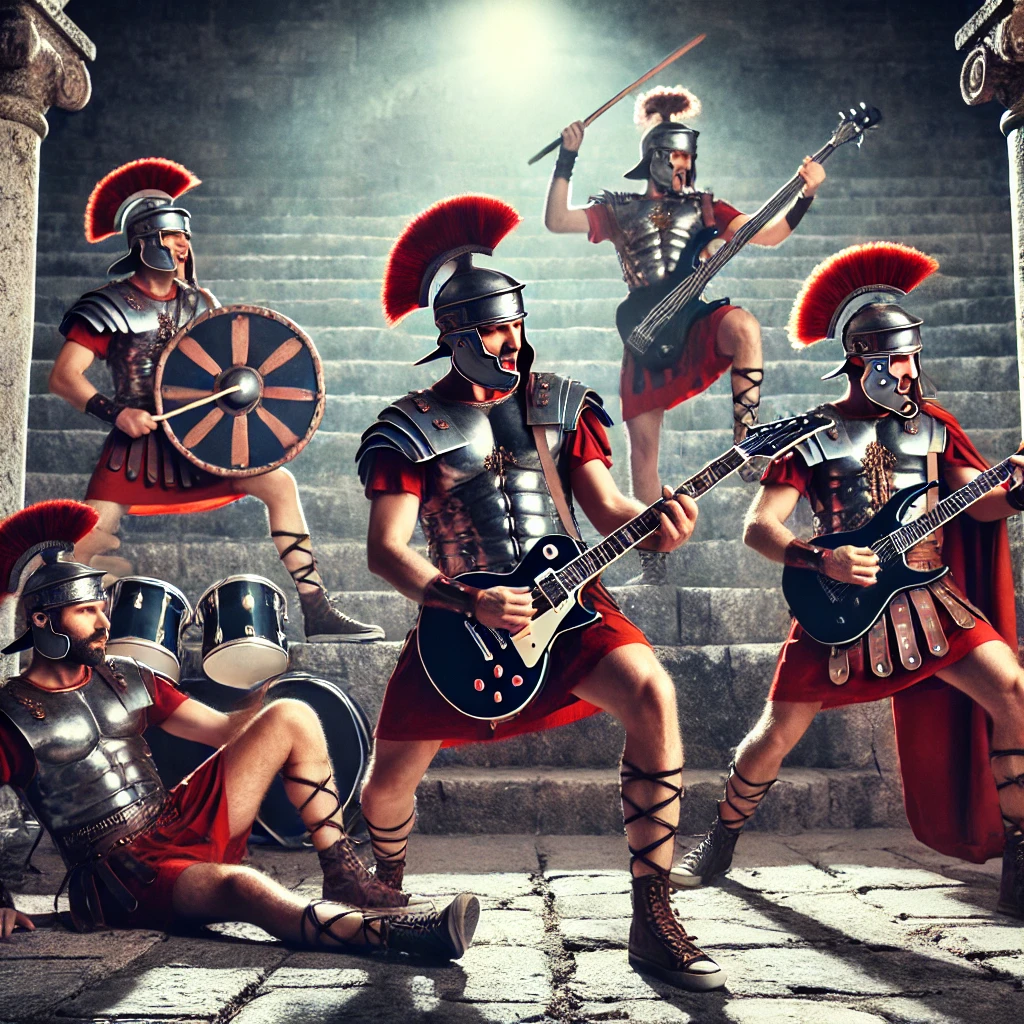
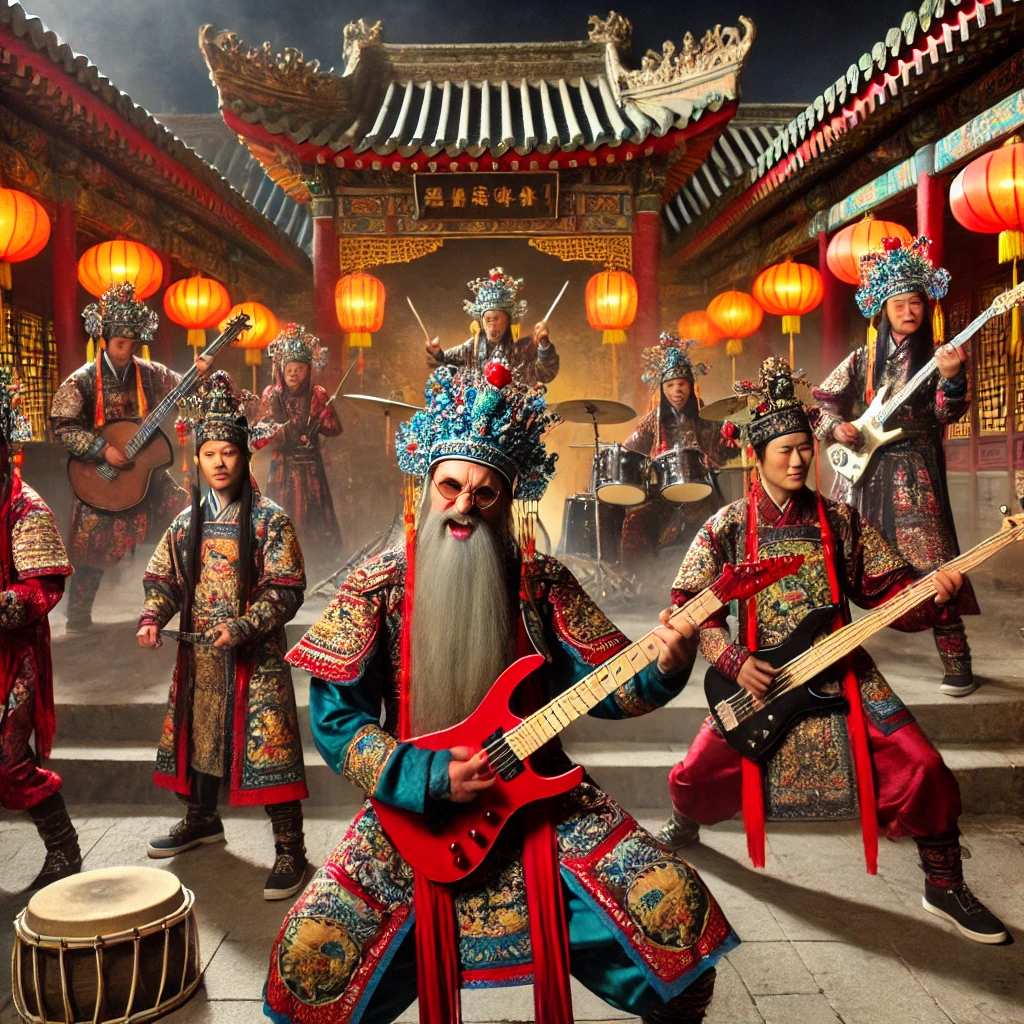
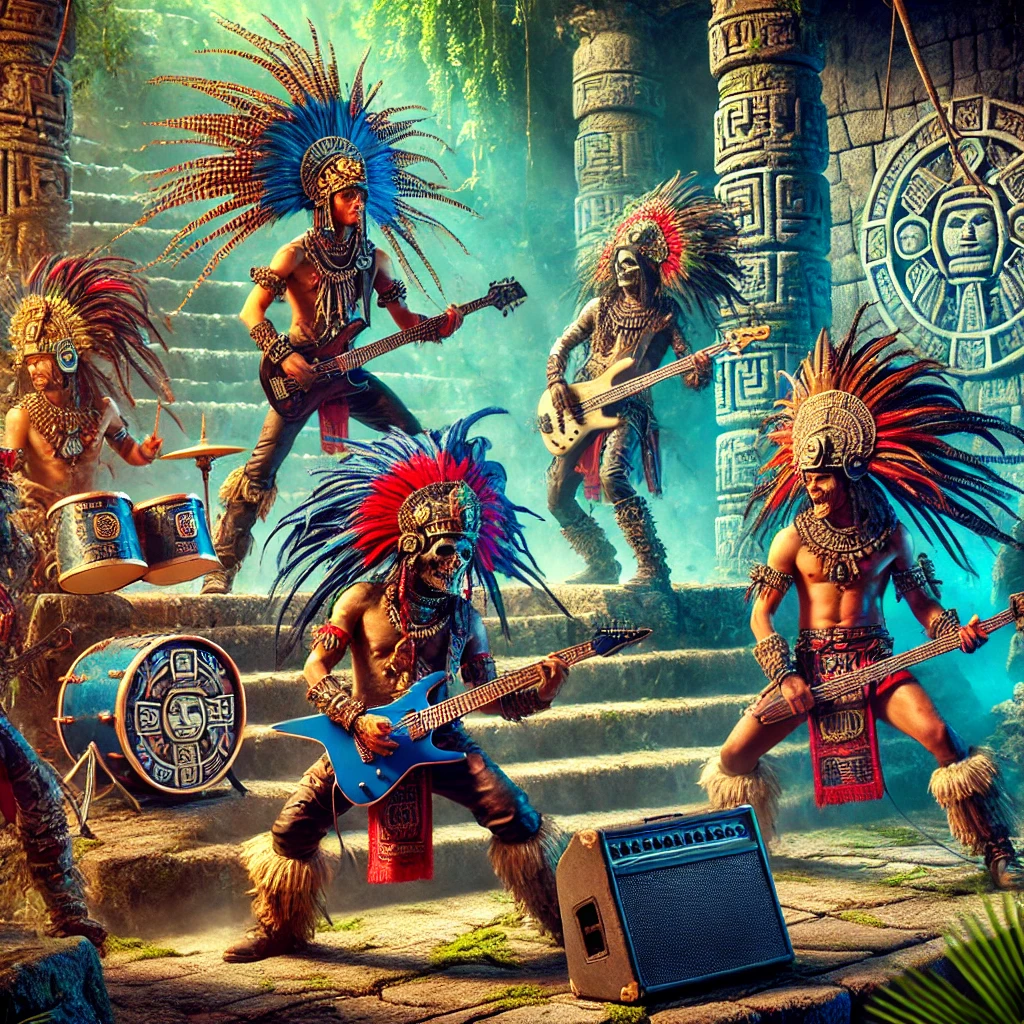
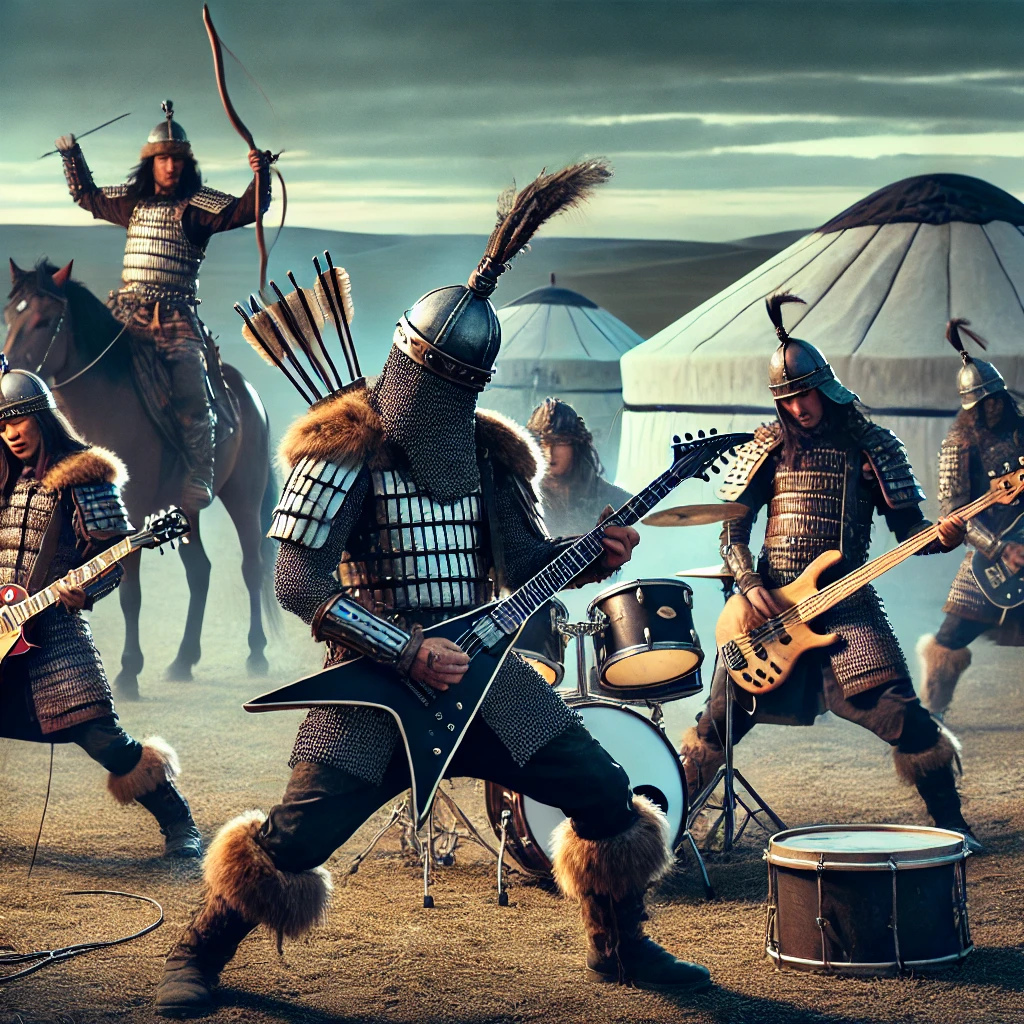
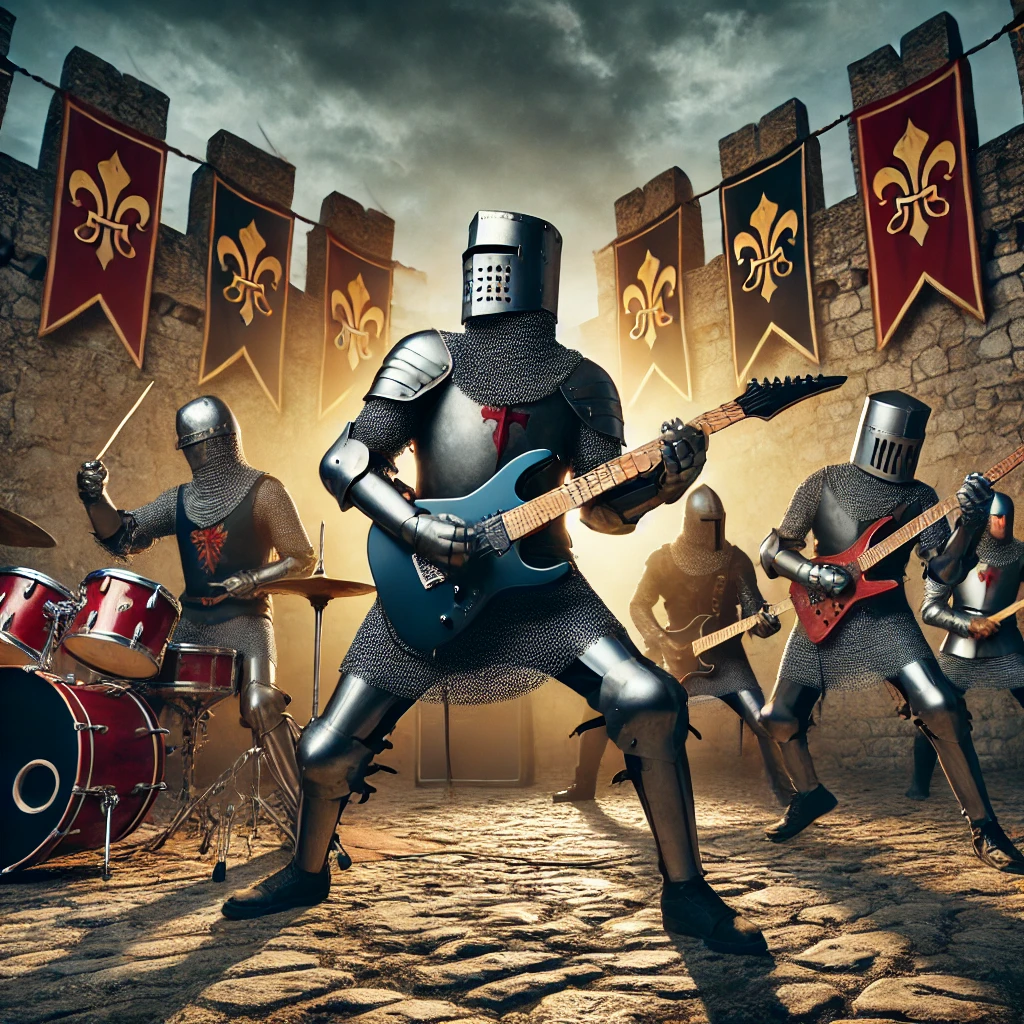
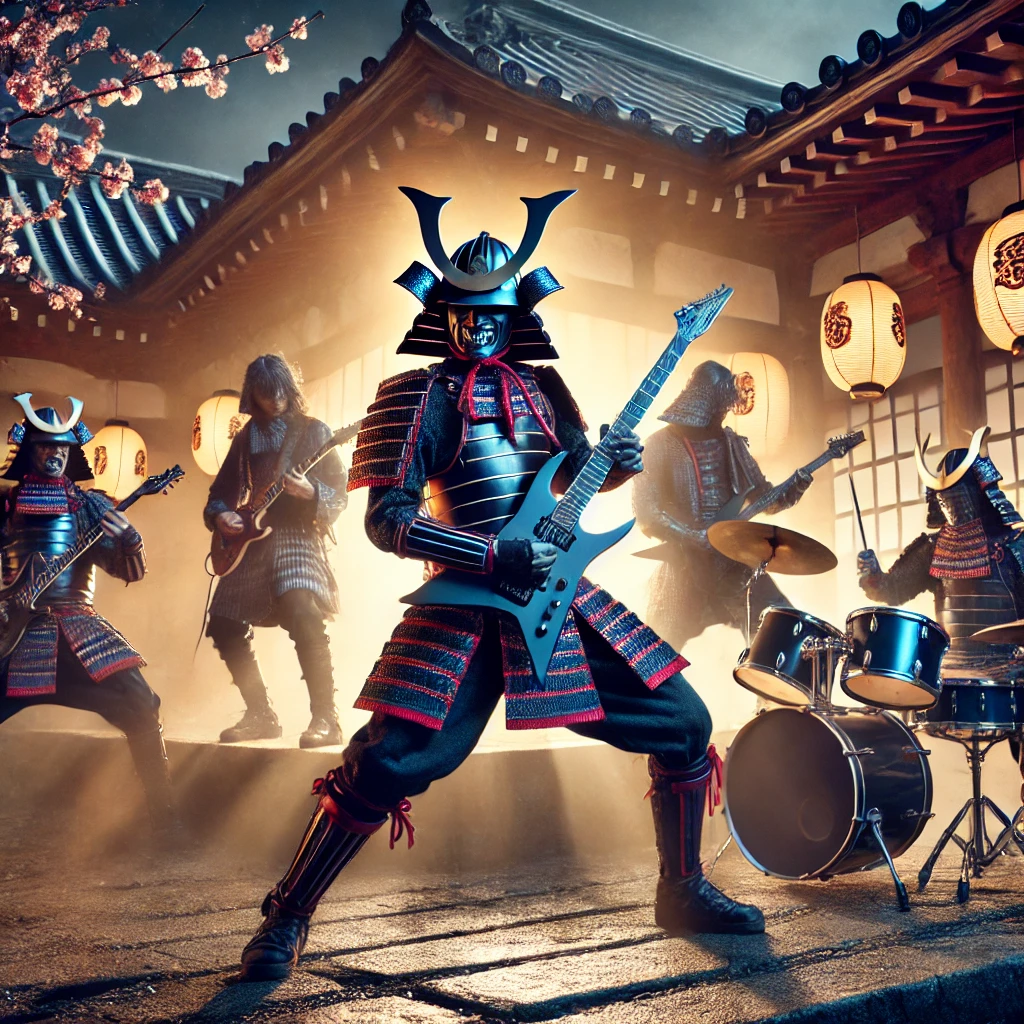
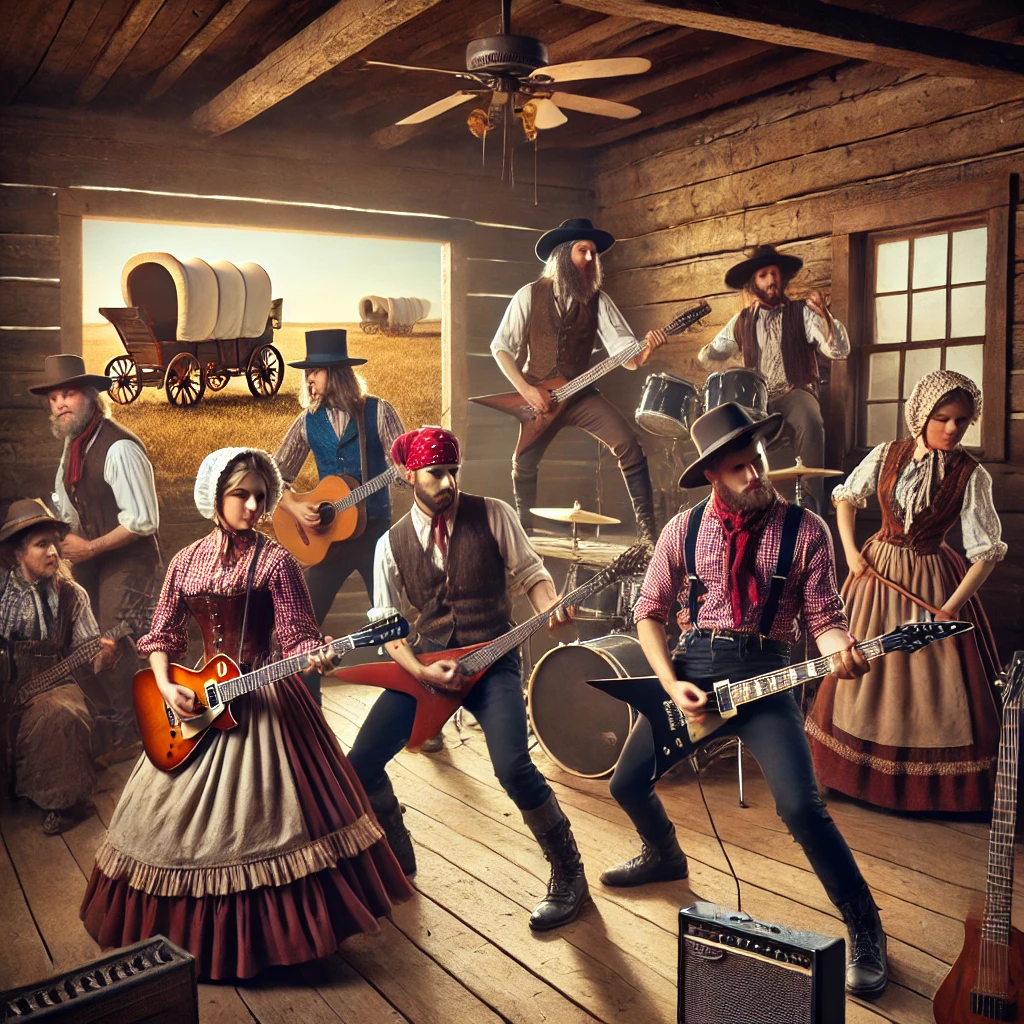
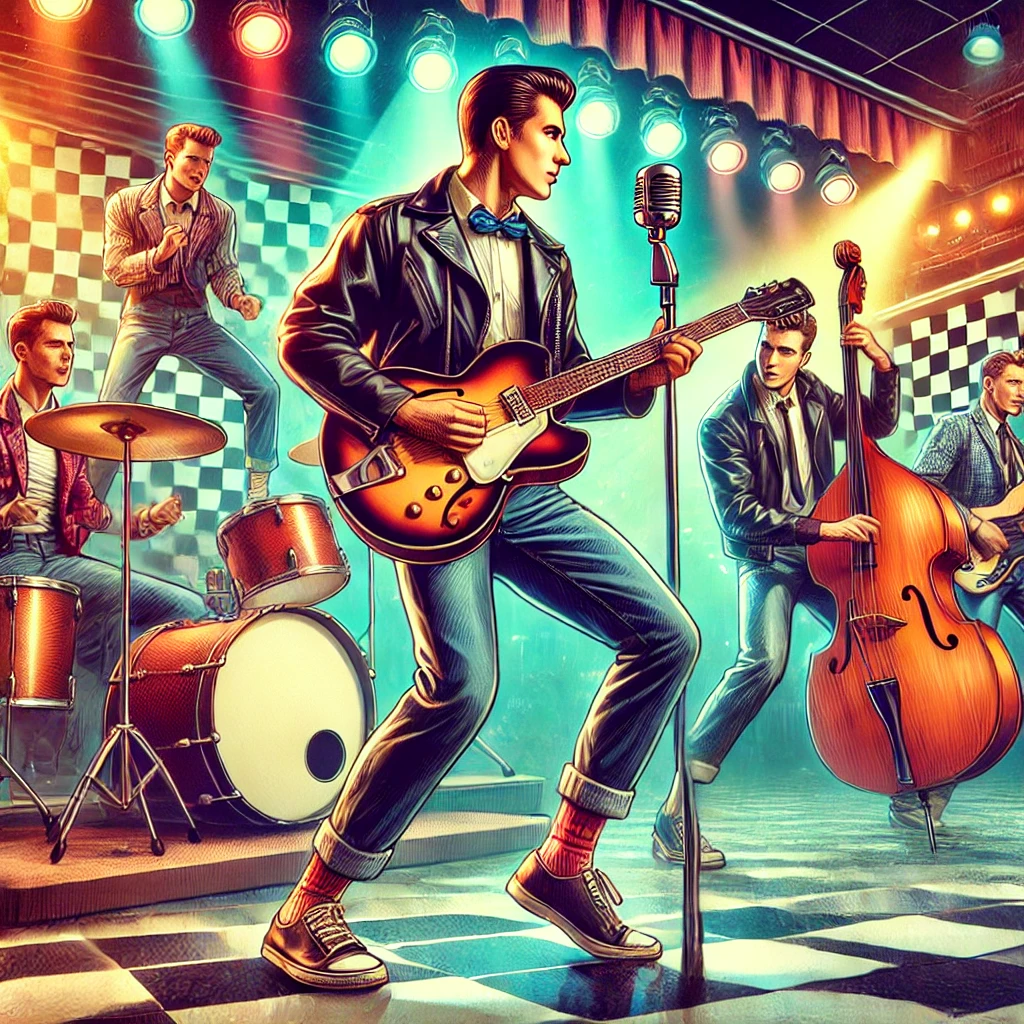
Rock on!


Always has, always will.











Rock on!

Thoughts on Ronald Reagan and the Current State of the Republican Party
I think Ronald Reagan may have been the best president of the modern era. I know that will make my liberal friends cringe. Additionally, I have recently gained new respect for Clinton and Obama, and I know that will likewise make my conservative friends cringe. I’ve always considered myself to be more conservative than liberal. But I just cannot support the current direction of the Republican Party and now consider myself to be a “Recovering Republican”. I didn’t leave the Republican Party. The Republican Party left me. And I wonder “What would Ronnie think?”
Speculating on what Ronald Reagan might think of the modern Republican Party is risky and involves consideration of his political philosophy, policies, and the values he championed during his presidency from 1981 to 1989.
Key Points of Reagan’s Ideology:
Speculation on His Views of Today’s GOP:
In summary, while Reagan might appreciate certain aspects of the modern Republican Party, such as a commitment to conservative economic principles, he would likely be critical of the divisive politics, populism, and the lack of bipartisan cooperation that he valued. Reagan’s views might resonate with traditional conservatives who still value free market principles. Likely though, they would face pushback from factions within the party that prioritize the nationalist policies. Many Republicans today see Reagan’s approach as outdated or incompatible with their current priorities which emphasize immediate economic protection over long term global engagement. This assessment is speculative, of course, and based on my interpretation of his beliefs and leadership style.
For a deeper dive into Reagan’s legacy, consider reading more from the Ronald Reagan Presidential Foundation (www.reaganfoundation.org)
/
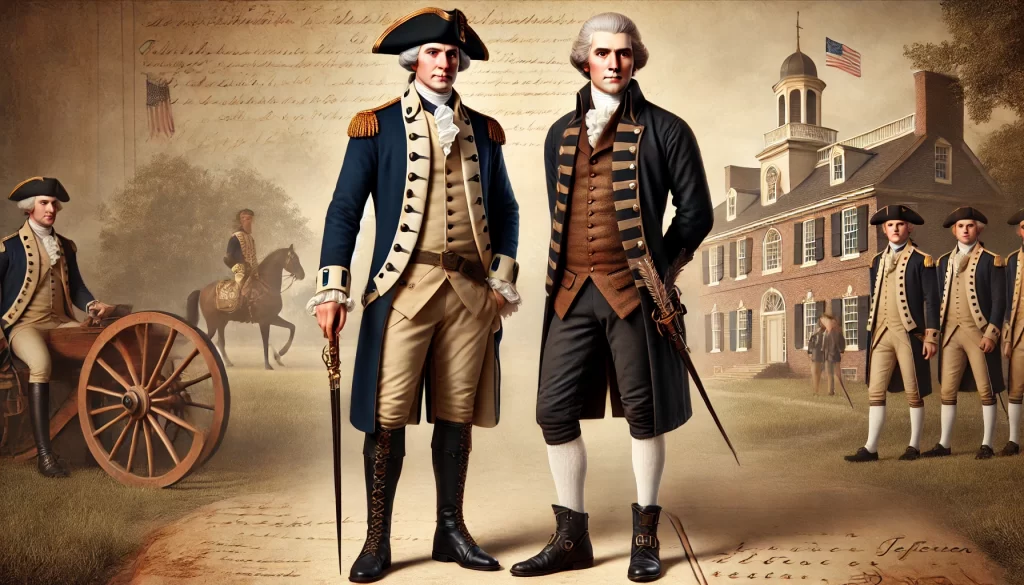
In considering what George Washington and Thomas Jefferson might think of today’s political situation, it’s tempting to view their perspectives through the lens of nostalgia, believing that the founders had an idealistic vision that, if followed, would have prevented many modern problems. It’s impossible of course to know what they may have thought about our current environment. Certainly, such things as a 24-hour news cycle on cable television and social media would have been beyond their comprehension. While both men lived in a vastly different era, their writings and philosophies give us a sense of how they might respond to the polarization and tensions we witness today.
George Washington: A Warning Against Partisanship
George Washington was deeply concerned about the rise of factions in the United States. (Political parties as such were unknown at the beginning of our republic.) In his famous Farewell Address in 1796, he warned that factions could lead to division and weaken the unity of the country. Washington was worried that faction (party) loyalty would surpass loyalty to the nation, creating conflict between groups and impairing the ability of government to function for the common good. He feared that excessive partisanship would “distract the public councils and enfeeble the public administration,” leaving the nation vulnerable to foreign influence and internal discord.
If Washington could observe today’s political environment, he likely would be saddened by the partisanship which dominates political discourse. The gridlock, belligerent rhetoric, and divisiveness we experience today demonstrate the appropriateness of his concern. Washington would likely advocate for a return to greater civility, urging Americans to focus on the common good and to set aside factionalism for the sake of national unity. While political parties have become integral to our system, Washington would likely still press for cooperation, mutual respect, and compromise among all groups.
Thomas Jefferson: Liberty, Democracy, and the People’s Role
Thomas Jefferson, while more supportive of political parties than Washington, had his own complex views about governance. Jefferson believed in the power of the people to govern themselves and was a passionate advocate for liberty, democracy, and decentralization. He distrusted concentrated power, whether in government, or economic institutions, and feared that it could lead to tyranny. Jefferson was famously a champion of agrarianism and believed that widespread participation in the democratic process was the best defense against corruption and the loss of liberty.
Jefferson, while a proponent of states’ rights and individual liberties, might view polarization as a threat to democratic ideals if it stifles dialogue and compromise. He believed in the potential for free men to govern wisely, but would caution against the erosion of civil discourse that might follow the rise of extreme factionalism
Faced with the highly charged political debates of today, Jefferson would likely express concern over the increasing centralization of power in government, banks, and large corporations. He would, without doubt, be troubled by the outsized influence of money in politics.
Jefferson was also a firm believer in education as a cornerstone of democracy; he would stress the importance of an informed electorate, particularly in an age where misinformation can spread rapidly.
However, Jefferson was no stranger to political conflict, having played a central role in the fiercely partisan battles of his time. He understood the value of vigorous debate but would probably urge that such debate remain focused on the core democratic principles of liberty, justice, and equality rather than devolving into personal attacks.
Media and Civil Discourse
Of course, it is impossible to know what Washington and Jefferson would think about the current role of media, particularly social media which would be beyond anything in their experience. Washington felt strongly aggrieved by the attacks upon him in the newspapers of the time. He felt unfair attacks would undermine national unity. Jefferson, on the other hand, was a strong proponent of freedom of the press. He was also very adept at the use of newspapers to accomplish political means.
However, it is likely that both would caution against the dangers of misinformation and partisan bias to distort public perception. Most likely both would emphasize the need for a responsible press that distinguishes between fact and opinion and supports a healthy democracy. Both would be opposed to using false or misleading statements to influence the public.
Unity and Civic Responsibility
Despite their differences, both Washington and Jefferson would likely agree on one thing: the importance of unity and civic responsibility. They envisioned a country where citizens were deeply involved in a participatory government, contributing not just with votes but with informed, constructive dialogue. Washington would call for a spirit of national unity above party lines, while Jefferson would insist that the preservation of liberty relies on active and informed participation from the public.
Both founders would encourage a healthier, more cooperative political environment, one where differences are respected and not allowed to fracture the country. They would likely see today’s polarization as a threat to the very ideals they fought to establish, and both would urge Americans to remember their shared values.
Conclusion
In short, George Washington and Thomas Jefferson, while men of their own time, had insights that are still relevant today. Neither man could have predicted the exact nature of modern politics, but their wisdom offers enduring guidance: political disagreements must not undermine the unity, liberty, and civic responsibility that are the foundation of the American experiment. We owe it to them not to lose the promise of the American Revolution.
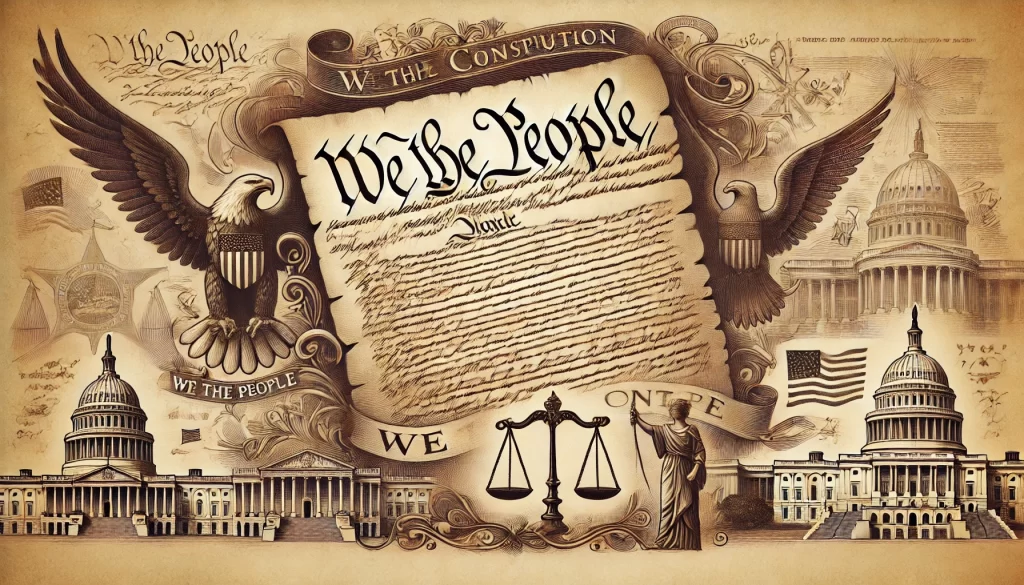

What You Need to Know
As we age, our immune systems naturally weaken, making us more susceptible to infections and illness. For senior citizens, staying healthy can sometimes be a challenge, but one of the most effective ways to protect yourself is through vaccinations. In this article, we’ll explore the key vaccines that are especially important for older adults and discuss why staying up to date with them can have a significant impact on your health and quality of life.
Why Vaccines Matter for Seniors
Vaccines are not just for children. In fact, as we get older, some vaccines lose their effectiveness, and the risks of certain diseases increase. Conditions such as pneumonia, shingles, and flu can become more severe in older adults, leading to complications like hospitalization or even death.
Additionally, some seniors may have underlying health conditions like diabetes, heart disease, or chronic lung disease, which further increase the risks associated with preventable infections. Vaccinations help reduce these risks by boosting your immune system and offering protection against specific diseases.
Key Vaccines for Senior Citizens
The Benefits of Staying Up to Date
Vaccinations for seniors are about more than just preventing illness. They help reduce the severity of disease, prevent complications, and decrease the likelihood of hospitalization. Staying current with vaccines also has a community benefit. By protecting yourself, you help limit the spread of contagious diseases to more vulnerable populations, including those with weakened immune systems.
Talk to Your Healthcare Provider
As always, it’s essential to consult with your healthcare provider before getting vaccinated, especially if you have underlying health conditions. Your doctor can help you determine which vaccines are most appropriate for you based on your age, medical history, and lifestyle.
Conclusion
Vaccinations are a critical part of staying healthy as we age. By keeping your vaccines up to date, you not only protect yourself but also contribute to the overall health of your community. If you’re unsure about which vaccines you need, schedule an appointment with your healthcare provider to discuss a vaccination plan that will keep you protected for years to come. Remember: Prevention is the best medicine, and vaccines are a simple, safe, and effective way to reduce the risk of serious illness as we get older.

What you should know.
The cost of prescription medications is almost constantly in the news. It has even become a topic of debate in the current presidential elections. Americans spend over $500 billion annually on prescription medications. This includes drugs covered by insurance, and out of pocket costs and specialty drugs for chronic conditions.
But this is not the only expense Americans have for drug related health care items. Almost $90 billion a year is spent on nonprescription preparations.
The shelves of pharmacies, health food stores and convenience stores are lined with a vast array of vitamins, supplements, patent medicines, herbal preparations, and homeopathic medications. They are also available from hundreds of online sources, both reputable and of questionable origin.
Many people turn to these products in the hope of improving their health, boosting their immune systems, or addressing specific ailments. However, the development, testing, approval processes, and regulation of these products can be confusing, even for the most educated consumer. We will delve into each of these classes of health products, exploring how they are developed, tested, and regulated, and highlighting some potential drawbacks of which you should be aware.
Vitamins and Dietary Supplements
Development and Testing
Vitamins and dietary supplements include a broad range of products such as vitamins, minerals, amino acids, and other nutritional components. These products are typically developed through a combination of scientific research and commercial interest. Manufacturers may isolate nutrients from food sources or create them synthetically. Testing often involves ensuring that the products contain the stated ingredients in the correct amounts. However, unlike pharmaceuticals, these products are not usually subject to rigorous clinical trials to prove efficacy and safety before they are marketed.
Approval Process
In the United States, vitamins and dietary supplements are regulated by the Food and Drug Administration (FDA) under the Dietary Supplement Health and Education Act (DSHEA) of 1994. Under DSHEA, manufacturers are responsible for ensuring the safety and labeling of their products before they reach the market. However, the FDA does not approve dietary supplements before they are sold. Instead, the FDA can take action against any supplement that is found to be unsafe once it is on the market.
Drawbacks
One of the primary drawbacks of dietary supplements is the lack of pre-market approval, which means that the burden of proving safety is often on the consumer or the FDA post-market. This can lead to situations where unsafe or ineffective products remain on the market until sufficient adverse events are reported. Additionally, the quality of supplements can vary widely between manufacturers, and contamination with other substances is a known risk. Although, given the competitive nature of these products and the number of distributors, questionable products are usually forced out of the market early.
Herbal Preparations
Development and Testing
Herbal preparations include products made from plants or plant parts, used for their supposed medicinal or therapeutic properties. The development of these products is often rooted in traditional medicine practices, although modern herbal preparations may undergo some degree of scientific research. Testing for herbal preparations can vary widely; some are backed by clinical studies, while others rely on anecdotal evidence or traditional use.
Approval Process
The FDA considers herbal supplements as foods, not medicines. So, they are not subject to the same testing, manufacturing, and labeling standards and regulations as medicines.
This means they do not require pre-market approval by the FDA. However, in other parts of the world, such as Europe, herbal products may undergo more rigorous testing and regulation. All herbal products that display an intended use must be accompanied by a box warning stating: “These statements have not been evaluated by the Food and Drug Administration. This product is not intended to diagnosis, treat, cure or prevent any disease.”
Drawbacks
The primary concerns with herbal preparations are the variability in potency and the potential for contamination or adulteration with other substances. Additionally, the lack of standardization in the preparation of herbal products can lead to inconsistent effects. Herbal supplements, unlike medicines, do not need to be standardized to make sure of batch-to-batch consistency. Some herbs can also interact with prescription medications, leading to adverse effects.
Homeopathic Medications
Development and Testing
Homeopathic medications are based on the principle of “like cures like,” where substances that cause symptoms in a healthy person are believed to cure similar symptoms in a sick person when taken in highly diluted forms. The development of homeopathic remedies typically involves diluting a substance repeatedly until little to no trace of the original substance remains.
While counterintuitive, homeopaths believe that a homeopathic medicine is more powerful the more times the active ingredients have been diluted. A 6X potency indicates that the drug has been diluted at a ratio of 1 to 10 for a total of six times. A C potency means the dilution ratio is 1 to 100. The higher the numeral, the lower the concentration of active ingredients in the medicine.
Testing in homeopathy is controversial, as traditional scientific methods, such as randomized controlled trials, often find no evidence that homeopathic remedies are more effective than a placebo. Some supporters claim that homeopathic remedies are developed for a specific patient making general testing irrelevant.
Approval Process
In the U.S., homeopathic medications are subject to regulation by the FDA under a different framework compared to dietary supplements. Historically, these products were allowed to be sold without pre-market approval as long as they were prepared according to the guidelines of the Homeopathic Pharmacopeia of the United States (HPUS) and the FDA’s Good Manufacturing Practices. All products are required to be clearly marked as “homeopathic”. In recent years, the FDA has increased scrutiny of homeopathic products, particularly those marketed for serious conditions, or containing potentially harmful ingredients, as well as those for eye conditions, and all homeopathic injectables.
Drawbacks
The major drawback of homeopathic medications is the lack of scientific evidence supporting their efficacy. Most scientific reviews and clinical trials have found that homeopathic remedies do not perform better than placebos. Moreover, because homeopathic products are so highly diluted, they are generally considered safe, but they may delay patients from seeking effective medical treatments for serious conditions.
Patent Medicines
History and Evolution
Patent medicines have a colorful history. They began in the 19th century and were popular into the early 20th century before evolving into the over-the-counter industry that we now know. This class includes many modern over the counter medications produced by reputable drugs companies and also medications of dubious quality and effectiveness produced in garages and basements.
In the late 19th and early 20th centuries, medicine wagons and medicine shows became popular vehicles for the promotion and sale of patent medicines. These traveling shows often combined entertainment with health claims, featuring acts such as music, magic tricks, and even wild west performances. At the center of the spectacle, a charismatic “doctor” or salesman would tout the benefits of their patent medicine—a proprietary formula claimed to cure a wide range of ailments.
Patent medicines of this era were largely unregulated, and their ingredients were often a secret. Some contained alcohol, opium, or other stimulants, which provided temporary relief or a placebo effect. Because there were few laws governing their production and sale, these concoctions could be marketed without scientific proof of their efficacy or safety.
Medicine shows traveled to rural and urban areas alike, attracting customers who had little access to conventional medicine, particularly those in remote regions. Unfortunately, these products were often ineffective or even dangerous. The rise of the Pure Food and Drug Act of 1906, which required the labeling of ingredients and restricted misleading claims, signaled the decline of these shows and the broader patent medicine industry.
A few of the original patent medicines stayed on the market until the late 20th century. The most famous of these was Carter’s Little Liver Pills which was touted for curing headaches, constipation, dyspepsia and biliousness. Lydia Pinkham’s Vegetable Compound which was sold for “female complaints “, is still on the market though it has been significantly reformulated. A number of medications on the market now could be considered as the descendants of early patent medicines, perhaps the best known of these is Geritol
Approval Process
Modern patent medicines fall into the category of over the counter (OTC) drugs. Preparation of these medicines must either follow a monograph established by the FDA (essentially a recipe book) or undergo New Drug Application (NDA) process. All patent medicines must comply with strict labeling standards and include accurate ingredient lists, dosage instructions, and warnings. Any health claims must be supported by scientific evidence.
Drawbacks
There are several drawbacks to over the counter (patent) medications. There’s a significant risk that people may intentionally take more than the recommended doses. This is particularly dangerous with some medications such as Tylenol which can lead to liver damage. People may use medications for a longer than the recommended period. They may also be used in an attempt to treat conditions for which they are not intended. They may mask symptoms of a more serious condition leading to a delay in seeking appropriate medical care.
Conclusion
Vitamins, supplements, herbal preparations, patent medicines and homeopathic medications each occupy a unique space in the health and wellness industry. While they offer consumers more choices in managing their health, the differences in how these products are developed, tested, and regulated are significant. As a consumer, it’s essential to be informed about these differences to make safe and effective choices.

I’d like to thank my friend Steve Kaplan, a Registered Pharmacist, who is also my coauthor for this post.
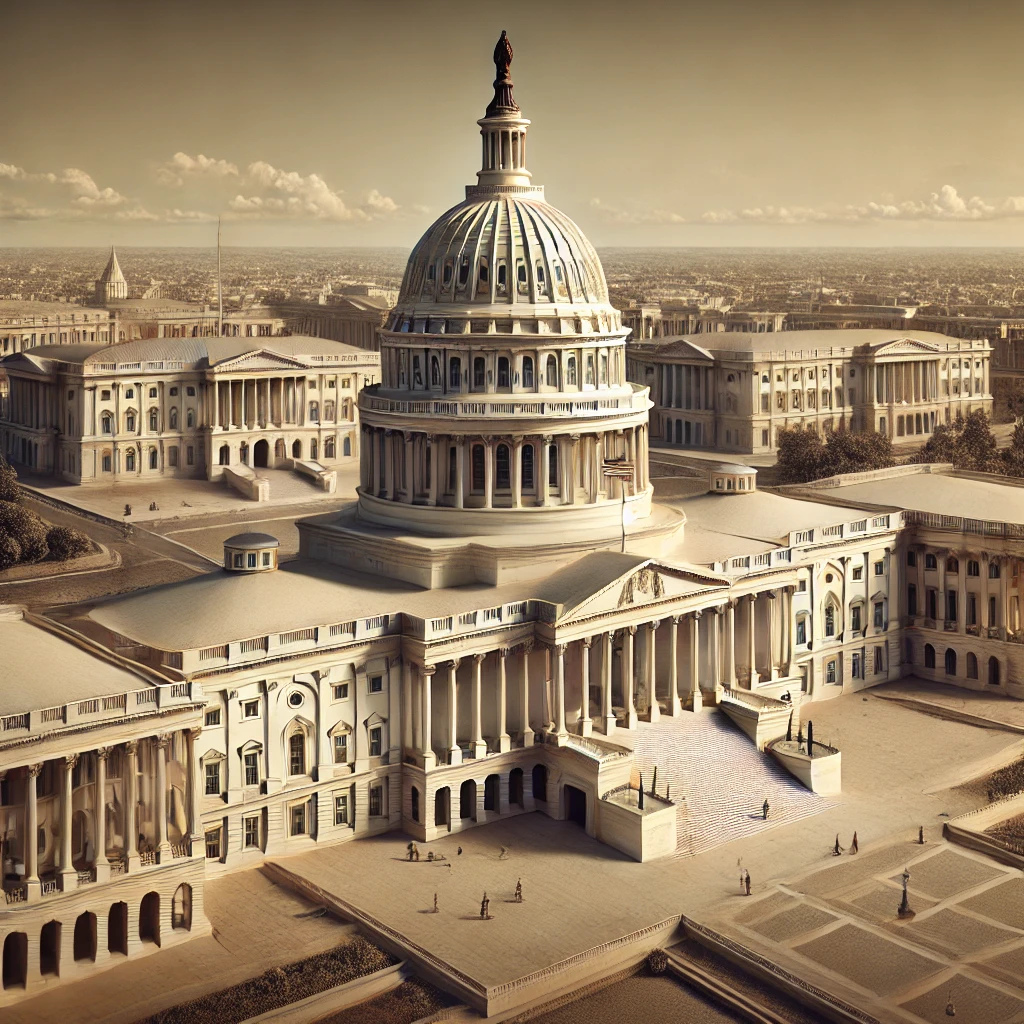
Never underestimate the power of stupid people in large groups.
-George Carlin
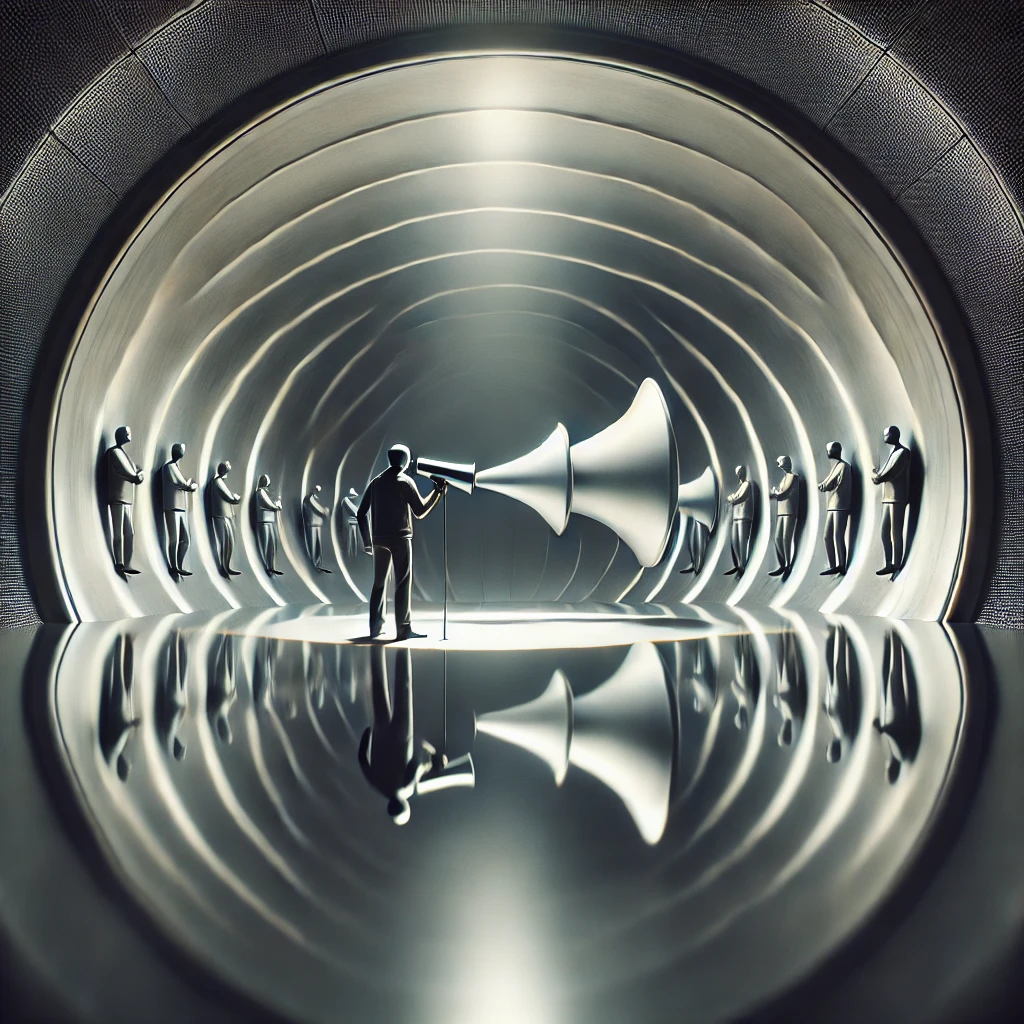
The time has come, the Walrus said,
To talk of many things:
Of shoes – and ships – and sealing-wax –
Of cabbages and kings –
Louis Carroll
“The Walrus and the Carpenter”
Introduction
Recently, I have been researching the role of social media and the spread of modern propaganda. One of the things that surprised me, although it probably shouldn’t have, is how rapidly misinformation spreads over the internet as compared to verifiable fact-based information. I choose to use the term verified or verifiable rather than true or truth. It seems to me that we have entered an age where each person decides on their own version of truth. Truth has become relative. It’s based not on verifiable and reproducible facts but rather on who said it, where you read it, or if you agree with it. If it doesn’t fit with your preconceived notions, it can’t possibly be true.
A study by three MIT researchers found that false news spreads more rapidly on the social network Twitter (now X), by a substantial margin, than does factual news. “We found that falsehood diffuses significantly farther, faster, deeper, and more broadly than the truth, in all categories of information, and in many cases by an order of magnitude,” reported Sinan Aral, a professor at the MIT Sloan School of Management.
They found the spread of false information is not due primarily to bots programmed to disseminate inaccurate stories but rather due to people intentionally retweeting inaccurate news items more widely than factual statements.*
To better understand how social media impacts propaganda, it is important to understand how this phenomenon occurs. This leads to two related concepts, Echo Chambers and Filter Bubbles.
Echo Chambers
An echo chamber is a social structure in which individuals intentionally surrounded themselves only with those who share similar views and opinions. Within these chambers, dissenting opinions are either absent or actively suppressed, leading to the reinforcement of existing beliefs. On social media, echo chambers are created by users themselves, as they choose to follow, like, and share content that aligns with their views while ignoring or blocking contrary perspectives. This self-selection creates a feedback loop where individuals only hear what they already believe, which further entrenches their views.
Filter Bubbles
While echo chambers are largely the result of individual choices, filter bubbles are often shaped by algorithms. Social media platforms and search engines use algorithms to curate content for users based on their past behavior, what they click on, like, or share. The stated intention behind these algorithms is to provide users with content that is most relevant to them. But we shouldn’t overlook that it is also a method to make users more receptive to focused advertising and other forms of influence. The net result is a significant narrowing of the variety of opinions presented.
Individual Choice
Both echo chambers and filter bubbles limit the diversity of information by consistently show users content that aligns with their established interests and beliefs, isolating them from conflicting viewpoints and leading to a narrow and sometimes distorted understanding of the world. Over time, this can result in a skewed perception of reality, where the individual believes that their perspective is universally accepted or unquestionably correct.
While echo chambers and filter bubbles are often discussed in terms of algorithms and platform design, it is crucial to recognize the role of individual decisions in their creation and perpetuation. Each time we choose to follow a particular account, share a piece of content, or engage in a discussion, we are making decisions that shape our information environment.
The choices we make, whether to engage with diverse perspectives or retreat into familiar territory, have a profound impact on the information we encounter and share. When we choose to engage only with like-minded individuals and content, we contribute to the formation of echo chambers. Similarly, when we rely on algorithms to curate our content without seeking out alternative viewpoints, we become trapped in filter bubbles.
Echo chambers and filter bubbles are not exclusive to any political affiliation, religion, ethnicity, or social class. They are found across society. The willing acceptance of echo chambers and filter bubbles is the antithesis of critical thinking. When we fail to recognize that we are not considering alternative views, regardless of our political orientation, we are succumbing to indoctrination rather than education. We become unthinking automatons rather than critical thinking individuals who decide what is best for ourselves. Failure to actively engage with the information that we receive, to ensure that we receive multiple viewpoints (even those with which we disagree) and then failing to critically evaluate everything presented is a sure recipe for a loss of freedom.
*The paper, “The Spread of True and False News Online,” was published in Science, 9 March 2018


Introduction
Blood tests are a common part of both health maintenance and diagnostic visits. Doctors order blood tests to assess and monitor various aspects of a patient’s health. Blood tests can help detect illnesses, confirm a diagnosis, or monitor ongoing health conditions. For example, a complete blood count (CBC) checks for conditions like anemia or infection, while a lipid panel measures cholesterol levels to aid in assessing heart disease risk. Blood tests can also monitor organ function, such as the liver and kidneys, ensuring they are working properly. They are used to track how well treatments, like medications, are working, or to detect side effects that might not be immediately apparent. Additionally, blood tests provide crucial information about electrolyte levels, hormone balances, and metabolic activity, helping doctors make informed treatment decisions. Overall, these tests give doctors a detailed look at the body’s internal functions, often identifying potential issues before they become more serious or even apparent.
Understanding Normal Ranges
Before discussing the individual tests, let’s look at how you should go about understanding the results that are being presented. Blood tests are reported quantitatively, that is the results are shown as numbers. Along with the value for your individual test you will find the reference range. This is the range of normal values from low to high established by the lab. It can vary slightly from lab to lab. Values from one lab are not always directly comparable to those of another. Individual labs may also change their reference range from time to time.
How are these normal ranges established? They are established through population studies that consider large samples of healthy individuals and look at factors like sex, age and ethnicity. The standard normal values are developed using a bell-shaped curve. “Normal” is usually defined as those test results that fall within two standard deviations of the mean, that includes about 95% of all results. This leaves about 5% of the normal healthy population with test results that will be slightly outside the normal range presented. That’s why it’s important to discuss your individual results with your doctor to get a better understanding of where you fit in the normal range and whether a minimally abnormal result is of true clinical significance.
Commonly ordered blood tests
1. Complete Blood Count (CBC)
A CBC measures the different components of your blood, which includes:
Why it’s important: CBC is a key test to diagnose infections, anemia, or clotting issues.
2. Comprehensive Metabolic Panel (CMP)
A CMP checks the body’s metabolism and organ function. It includes:
Why it’s important: The CMP gives a broad view of how your liver, kidneys, and metabolism are functioning.
3. Thyroid Panel
The thyroid panel includes:
Why it’s important: Thyroid issues can cause fatigue, weight changes, and mood disturbances; this panel helps evaluate the cause of those conditions.
4. Hemoglobin A1C
This test measures your average blood sugar levels over the past 2-3 months. It’s used to:
Why it’s important: A1C is crucial for diagnosing and managing diabetes, as it provides a long-term view of blood sugar control. A1C will be discussed in more detail in a future article on diabetes.
5. Vitamin D Levels
Vitamin D helps regulate calcium and phosphate, which are important for bone health. Low levels are common and can lead to:
Why it’s important: Many people are deficient in vitamin D, and low levels can increase the risk of bone fractures and other health issues.
6. Vitamin B12 Levels
Vitamin B12 is essential for nerve function and producing red blood cells. A deficiency can cause:
Why it’s important: Identifying B12 deficiency is key, especially in older adults, as it can prevent neurological and cognitive problems.
7. Prostate-Specific Antigen (PSA)
PSA is a protein produced by the prostate gland. High levels of PSA can indicate:
Why it’s important: PSA is used primarily for early detection of prostate cancer, especially in men over 50. PSA will be discussed further in a future article on prostate cancer.
8. Cholesterol Panel (Lipid Panel)
This test measures fats in the blood, including:
Why it’s important: Monitoring cholesterol is crucial for heart health, as high cholesterol is a major risk factor for heart disease and stroke.
Significance of Abnormal Results
Abnormal test results don’t always mean something immediately serious, but they can be early warning signs. For example:
Review your blood tests with your doctor. The better you understand your individual results, the better you can participate in your own health management. This knowledge can be empowering when choosing the health care plan that is best for you.

The Grumpy Doc says see your doctor and ask questions. Your doctor should never be offended by questions; they will be glad you are taking an active interet in your health care. Take a written list of your concerns with you so you don’t forget what you wanted to ask. Even The Grumpy Doc occasionally forgets things (as difficult as that may be to believe).

Words to live by.
Powered by WordPress & Theme by Anders Norén
The Harmful Grip of Cigarette Smoking
By John Turley
On October 24, 2024
In Commentary, Medicine
Addiction, Health Risks, and the Benefits of Quitting
Cigarette smoking remains one of the leading causes of preventable death worldwide. In the more than 65 years since the US Surgeon General first required health warnings to be placed on cigarette packs, significant progress has been made in reducing the rates of smoking. In 1965 about 45% of US adults were smokers and today fewer than 12% smoke on a regular basis. Youth smoking rates have also declined dramatically. In recent years fewer than 5% of high school students report smoking on a regular basis. In my high school class (1966) the smoking rate was probably closer to 30%. As encouraging as these numbers are, there is no acceptable rate of smoking, and I hope those of you who don’t smoke will pass this article on to family or friends who do.
The Power of Nicotine Addiction
Nicotine, the primary addictive substance in cigarettes, is remarkably potent. When inhaled, it travels to the brain within seconds, where it stimulates the release of dopamine, a neurotransmitter that creates a feeling of pleasure and relaxation. Over time, the brain rewires itself, craving nicotine to maintain these pleasurable effects, leading to dependency.
The addictive nature of nicotine makes quitting extremely difficult, as withdrawal symptoms, including irritability, anxiety, difficulty concentrating, and intense cravings, can deter many smokers from quitting. Nicotine also increases heart rate and blood pressure, contributing to the stress-relief paradox: although many smokers feel cigarettes help them relax, the substance actually exacerbates stress on the cardiovascular system.
Smoking can be tied to our daily routines. Some people have commonly have a cigarette with morning coffee or after meals. Other people reach for a cigarette when they’re on the telephone. Social settings and peer influence can make quitting difficult. Attending social gatherings where smoking is common can reignite cravings. A smoker who decides to quit can feel surrounded by the temptations to resume smoking.
There are a number of other factors also that make it difficult to quit smoking. There’s a lack of immediate health benefits noted. Improvements like better lung function, reduced cancer risk or long terms outcomes are not noted right away. Some smokers fear weight gain more than they fear the effects of smoking and will delay any attempts at cessation because of that. Some smokers also feel frustration because after a few days without a cigarette they think “I don’t feel any better, what’s the point?”
Health Risks: Nicotine and Smoke by-products
Cigarette smoke contains over 7,000 chemicals, many of which are toxic. Among these are tar, carbon monoxide, formaldehyde, and heavy metals like cadmium and lead. Some chemicals are carcinogens, contributing to the development of cancer, while others damage tissues and organs in less visible but no less harmful ways.
The Benefits of Quitting Smoking
It’s never too late to quit smoking, and the benefits begin almost immediately after quitting.
The Deceptive Appeal of Vaping
Unfortunately, the rise of e-cigarettes, also known as vaping, has emerged as an alternative to smoking among many people. E-cigarettes deliver nicotine through vapor rather than smoke. While they eliminate some of the harmful byproducts like tar and carbon monoxide, vaping is not without risks. Some vaping products contain toxic materials not contained in tobacco. Especially custom or self-blended cartridges for vape pens that may have carcinogenic or otherwise harmful additives not readily obvious to the user. Unfortunately, many adolescents and young adults who have never smoked cigarettes have developed a nicotine addiction through e-cigarette use.
Conclusion
There is no safe level of use of tobacco or other forms of nicotine. Quitting smoking improves quality of life, reducing the frequency of respiratory infections and improving overall energy levels. For long-time smokers, the prospect of reversing years of damage may seem daunting, but research consistently shows that health outcomes improve at any point, even decades after quitting. If I could give my smoking patients only one piece of medical advice it would be: “Quit smoking and quit now”. And I know how hard it is. I quit smoking 53 years ago and for many years afterwards it remained a daily struggle. But eventually, with the help and support of my family I was able to get past my tobacco cravings.